It’s time for some cranberry, pumpkin, apples, and everything spiced! Sweater season is here which means we’re hungrier than ever. Want to know what food to cook this Fall? Keep on reading!
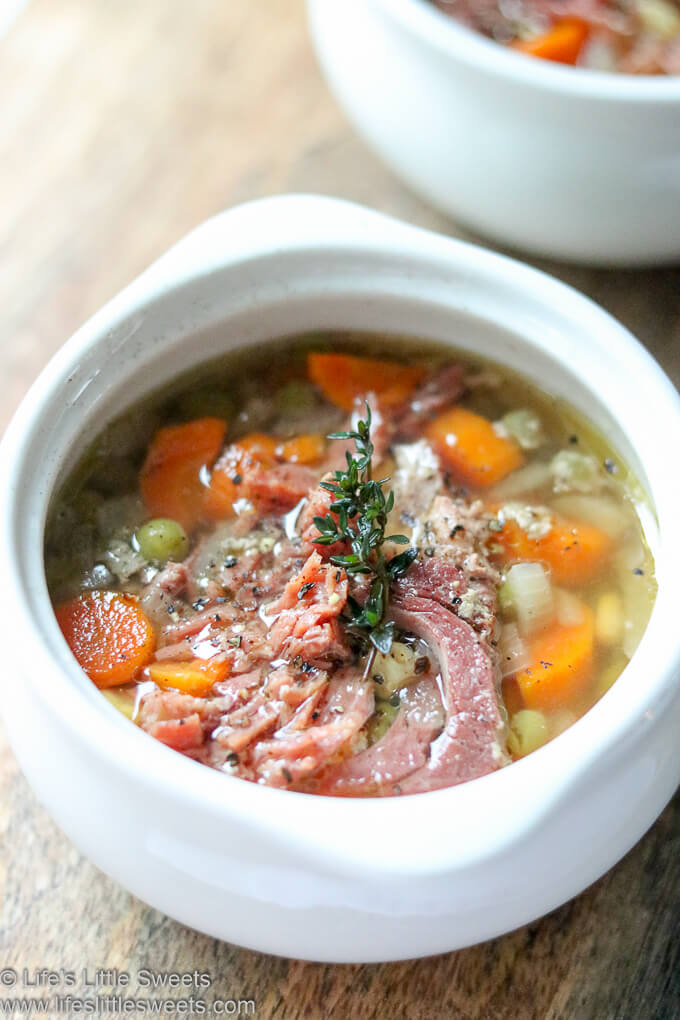
Omnivore loving vegan, gluten-free & beverage recipes

Fall Food Lists Recipes By Season
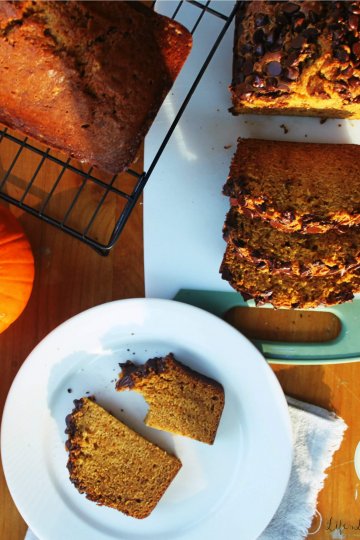
Any Season April August breads brunch recipes December Desserts Entertaining Fall February Food January July June March May November October Recipes Recipes by Diet Lifestyle Recipes By Month Recipes By Season September Spring Summer Sweet Vegetarian Recipes Winter
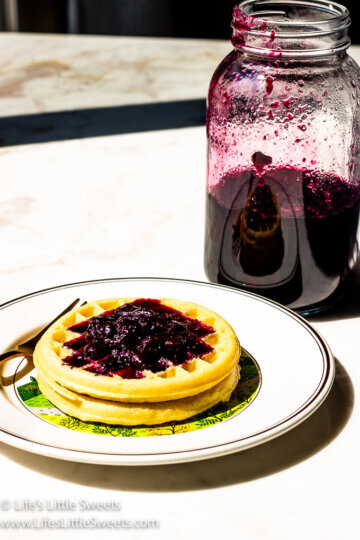
Any Season April August December Events Fall February Food January July June March May Northeast November October Recipes by Diet Lifestyle Recipes By Month Recipes By Season September Spring Summer Summer Solstice Sweet toppings USA Region Vegetarian Recipes Winter

Desserts Food July June Popular Recipes Recipes Recipes by Diet Lifestyle Recipes By Month Recipes By Season Summer Sweet Vegetarian Recipes
Life’s Little Sweets celebrates seasonal cooking and local food pathways. Find inspiration from farms, CSAs, and home gardens with recipes that highlight fresh ingredients, community, and the joy of cooking through the seasons. Continue Reading
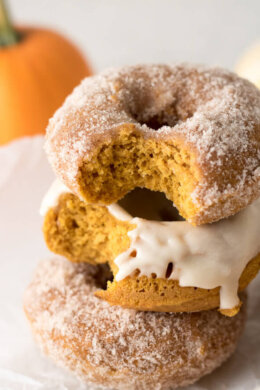
It’s time for some cranberry, pumpkin, apples, and everything spiced! Sweater season is here which means we’re hungrier than ever. Want to know what food to cook this Fall? Keep on reading!
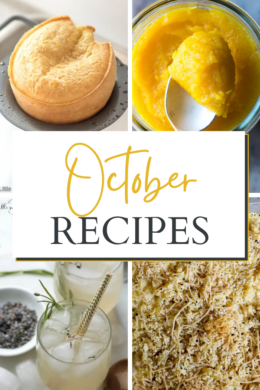
October means fall is upon us. This might be the season that you’re craving for some warm pies, pumpkin bread, and cold drinks — like wine for example. Or simply just some coffee or tea for those who don’t want to go in the alcoholic route.

Are you looking for some refreshing drink to beat out the hot summer heat or do you just want to try a few new dishes on the grill for July?

Here are 10 4th of July Recipes! We got you covered from savory family style main dishes, sides to sweet dessert options. *This post was originally published on 7/2/2018 and updated 6/23/2019 Hello Everyone! Independence Day, better known as 4th of July is upon us, so what are you making for this classic American holiday?...
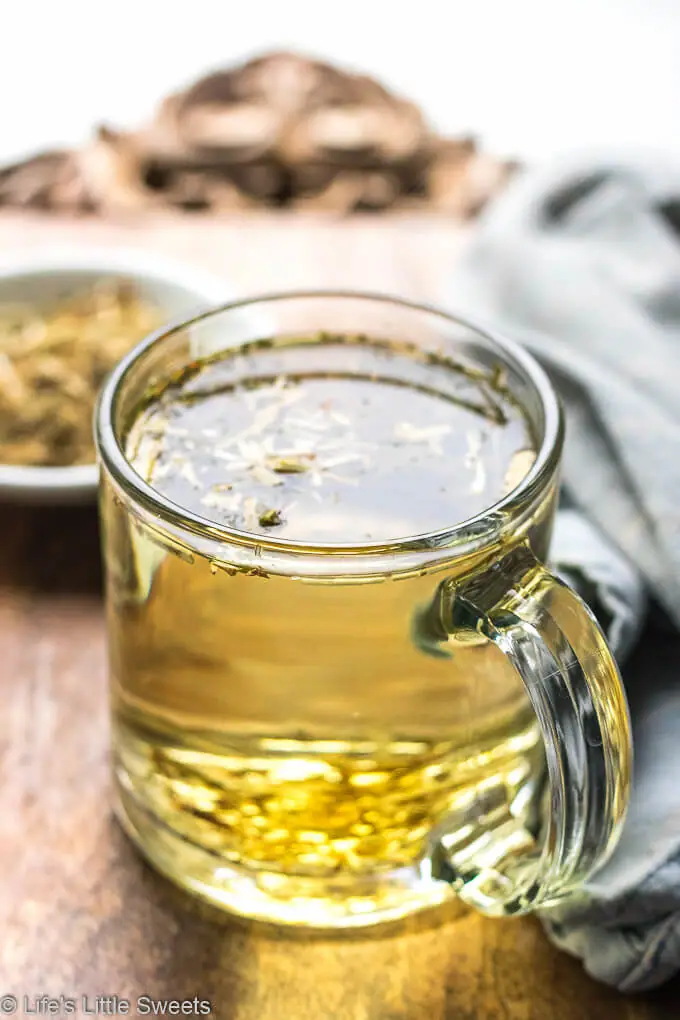

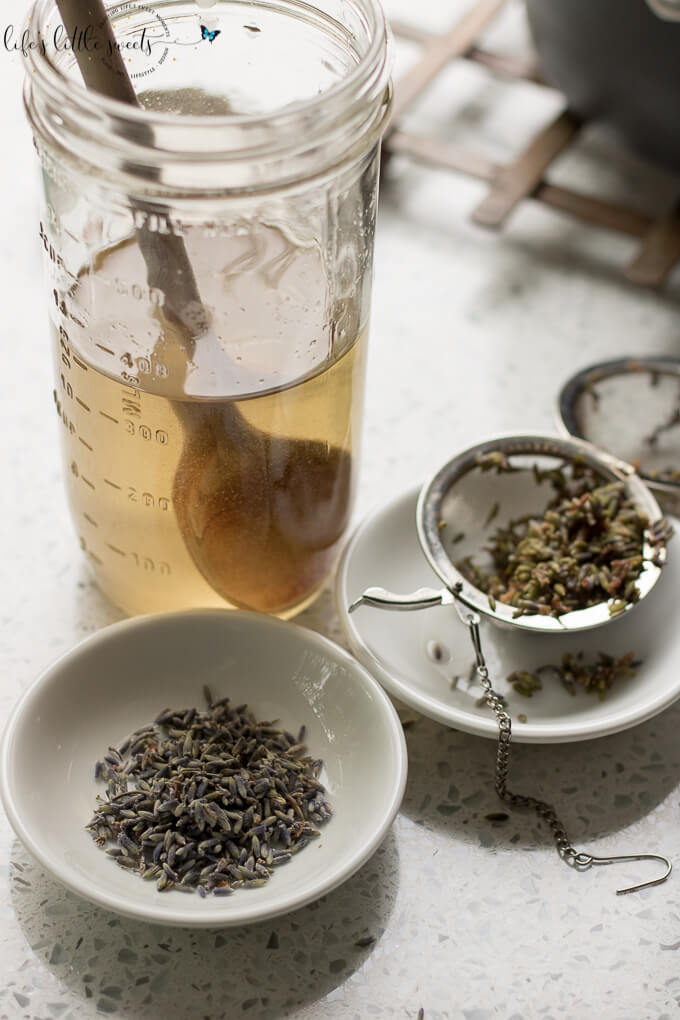
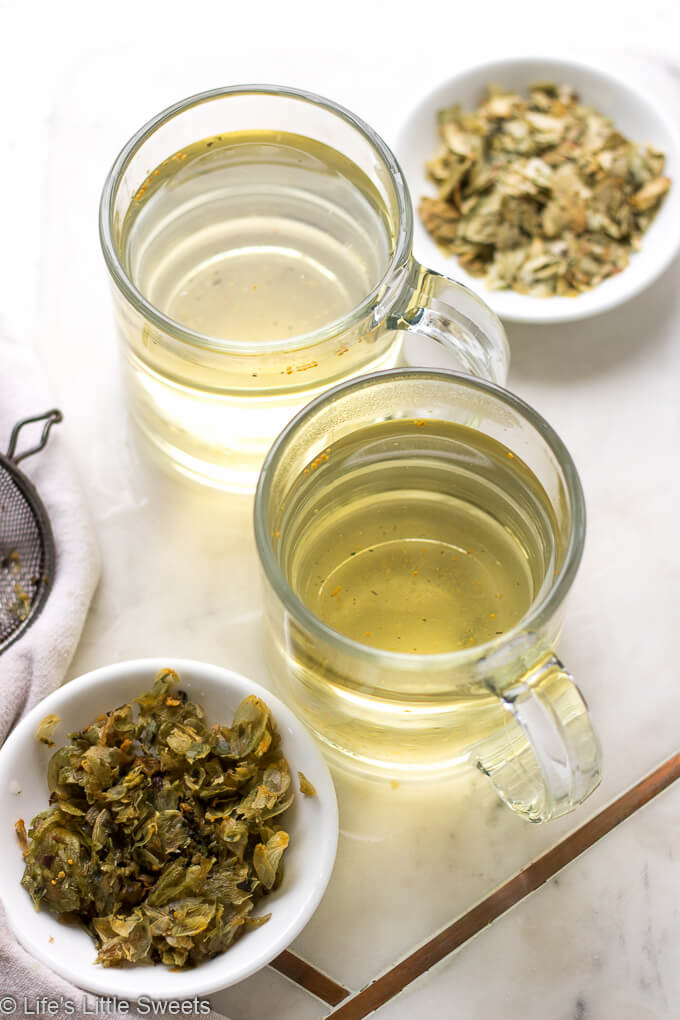

This post may contain affiliate links. Please read my disclosure policy
Estimated reading time: 6 minutes
Indulge in the aromatic delight of Classic German Lebkuchen Cookies! This traditional recipe combines a harmonious blend of spices—cinnamon, cloves, nutmeg, and ginger—with honey, creating a dough that's rich and flavorful. These warmly spiced cookies, optionally adorned with candied citrus peel and nuts, offer a festive taste of Germany. Glazed with sweet vanilla icing, these treats embody the essence of the holiday season in each soft, chewy bite. Enjoy the comforting flavors and the sweet nostalgia of this cherished recipe!
The pronunciation of "Lebkuchen" in German sounds like "LEB-koo-khuhn." Here's a rough breakdown:
"LEB" - rhymes with "ebb"
"koo" - similar to the English word "coo"
"khuhn" - the "kh" sound is similar to the Scottish "loch" or the German "ich"; then "uhn" rhymes with "moon"
Putting it together, it's "LEB-koo-khuhn." The stress in the word falls on the first syllable, "LEB."
Lebkuchen has a rich and fascinating history that dates back several centuries. It's a traditional German baked treat that originated in medieval times, with its roots often traced to the city of Nuremberg. Here's a brief overview:
Origins:
Medieval Roots: Lebkuchen's origins can be traced to medieval monasteries in Germany around the 13th century. Monks and nuns were often skilled in baking, and they created a honey-sweetened bread called "honey cake" or "life cake" (Lebkuchen in German) made with spices, nuts, and honey.
Evolution and Tradition:
Nuremberg Influence: Nuremberg, in particular, became renowned for its Lebkuchen. The city's bakers' guilds established strict guidelines and quality standards for making these spiced cookies.
Festive Treat: Originally associated with religious festivals and celebrations, especially during Christmas and other holidays, Lebkuchen gained popularity as a festive treat.
Ingredients and Symbolism:
Rich Ingredients: The key ingredients of Lebkuchen include honey, spices like cinnamon, cloves, nutmeg, and ginger, along with nuts and sometimes candied fruits.
Symbolic Meanings: Often, Lebkuchen was not just a delicious treat but also held symbolic significance, representing good luck, prosperity, and well-being.
Cultural Significance:
Tradition and Trade: Over time, Lebkuchen became not just a local specialty but also a trade commodity. Nuremberg bakers had strict control over the quality, ensuring that only authentic Lebkuchen could bear the city's mark.
Regional Variations: Different regions in Germany developed their variations of Lebkuchen, each with its unique blend of spices and additional ingredients.
Modern Times:
Global Appeal: Lebkuchen is now enjoyed not just in Germany but also in various countries during the holiday season.
Variety: While the traditional recipes remain cherished, modern variations, including gluten-free or vegan versions, have emerged to suit different dietary preferences.
Lebkuchen stands as a delicious testament to German baking traditions, embodying centuries of history and festive significance, making it a beloved treat not just during holidays but throughout the year for many.
Its enduring popularity showcases how culinary traditions continue to evolve while retaining their cultural and historical roots.
The yield of cookies can vary based on the size of your cookie cutters or how you portion the dough. Typically, with this recipe, you can expect to make around 2 to 3 dozen medium-sized cookies. If you make smaller cookies, you might end up with more, and if you make larger ones, the yield will be lower. Adjusting the size and thickness of the cookies will affect the final count.
The use of candied citrus peel is a traditional ingredient in many classic Lebkuchen recipes, but you can adjust the recipe to suit your preferences. If you'd prefer to omit the candied citrus peel, you can simply leave it out or substitute it with other dried fruits like chopped dried apricots or raisins. The Lebkuchen will still turn out delicious with its warming spices and honey sweetness. Feel free to customize it to your taste!
The prep time for making classic German Lebkuchen cookies is approximately 20-30 minutes. This includes gathering and measuring ingredients, mixing the dough, and shaping the cookies. However, it's important to note that the dough needs to rest in the refrigerator for at least 1 hour or overnight before baking, which isn't included in the prep time. Additionally, the baking time for the cookies is around 10-12 minutes per batch. Overall, from start to finish, including chilling time and baking, you're looking at around 2-3 hours to complete the entire recipe.
The cooking time for classic German Lebkuchen cookies is approximately 10-12 minutes at 350°F (175°C). This time can vary slightly based on your oven and the size/thickness of the cookies. Keep an eye on the cookies while they're baking; they should be lightly browned around the edges when they're done.
Lebkuchen cookies can last for a good amount of time if stored properly. When stored in an airtight container at room temperature, they can stay fresh for up to 2-3 weeks. To maintain their quality:
Airtight Container: Store the cookies in a tightly sealed container to prevent them from becoming stale or absorbing moisture from the air.
Layering: If you're stacking the cookies in the container, place parchment paper or wax paper between the layers to prevent sticking.
For longer-term storage:
Freezing: Lebkuchen cookies freeze well. Place them in an airtight container or freezer bag, separated by layers of parchment paper. They can last in the freezer for up to 2-3 months without compromising their taste or texture.
Thawing: When you're ready to enjoy them, simply thaw the cookies at room temperature in their sealed container or bag.
Following these storage guidelines helps to preserve the freshness and flavors of the Lebkuchen cookies, allowing you to enjoy them over an extended period, especially during the holiday season or whenever you crave a delightful treat!
Lebkuchen cookies are a delightful traditional German treat, especially popular during the holiday season. Here's a classic recipe:
For the glaze:
Enjoy these delightful Lebkuchen cookies with a cup of hot tea or mulled wine during the festive season!
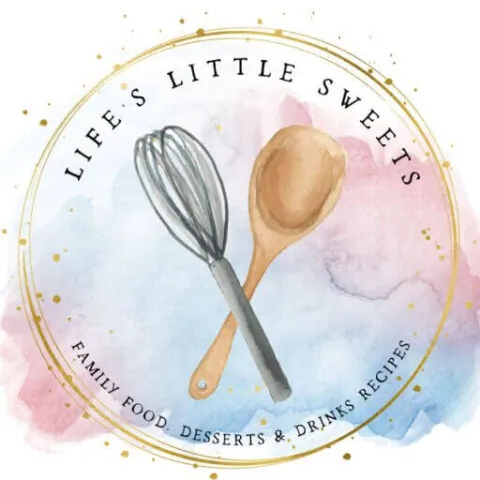
Indulge in the aromatic delight of Classic German Lebkuchen Cookies! This traditional recipe combines a harmonious blend of spices—cinnamon, cloves, nutmeg, and ginger—with honey, creating a dough that's rich and flavorful. These warmly spiced cookies, optionally adorned with candied citrus peel and nuts, offer a festive taste of Germany. Glazed with sweet vanilla icing, these treats embody the essence of the holiday season in each soft, chewy bite. Enjoy the comforting flavors and the sweet nostalgia of this cherished recipe!
As an Amazon Associate and member of other affiliate programs, I earn from qualifying purchases. #CommissionsEarned #ad


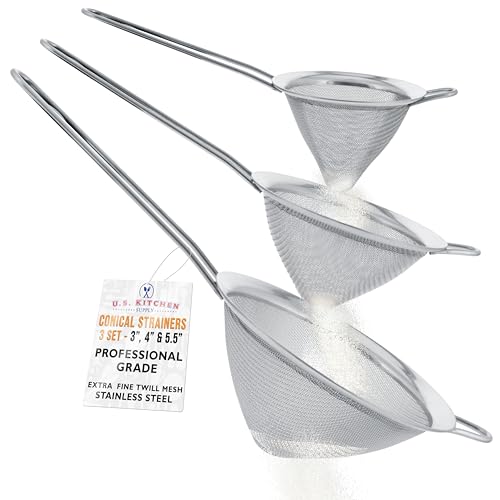







Please note that the Calculated Nutrition is an estimate at best. If you make this recipe and love it, remember to stop back and give it a 5-star rating – it helps others find the recipe!
This site uses Akismet to reduce spam. Learn how your comment data is processed.
Leave a Reply
You must be logged in to post a comment.